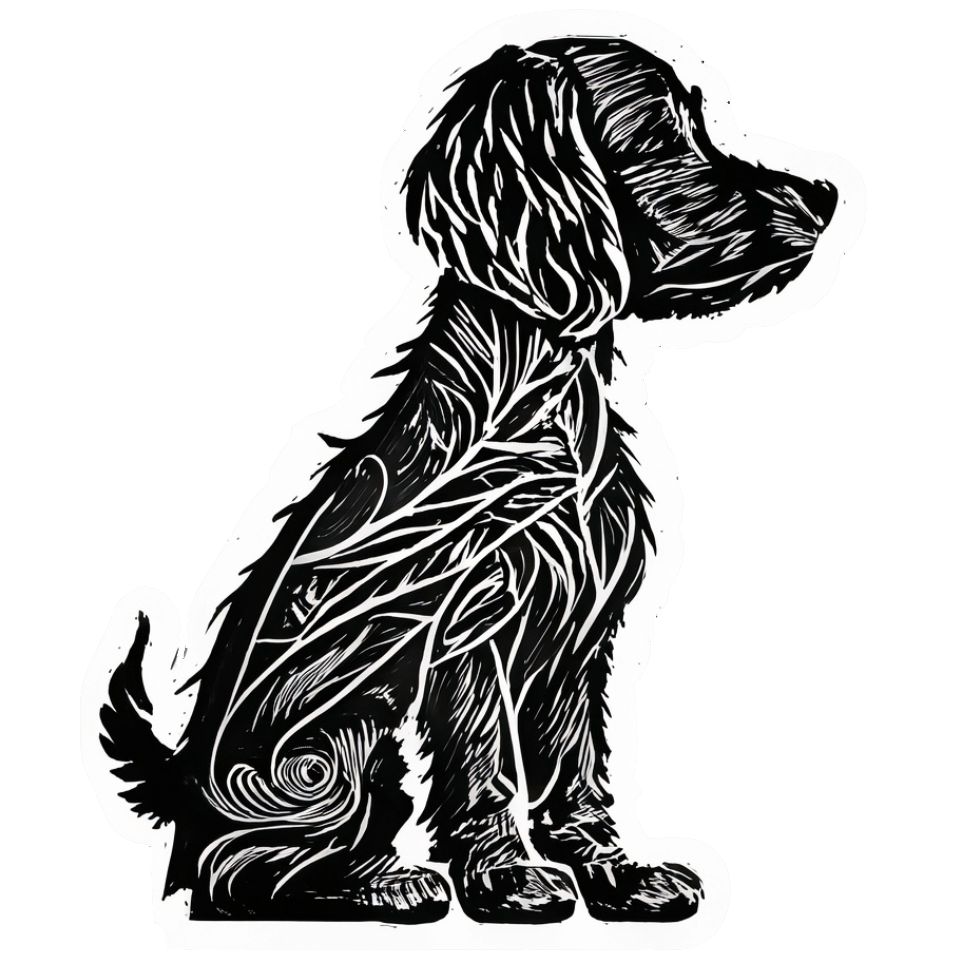Unraveling the Controversy

Tail docking and ear cropping are two procedures that have been practiced on dogs for centuries. While historically rooted in functional purposes, these procedures have become increasingly controversial in modern times, with many questioning their ethical implications. In this article, we’ll explore the history, reasons, and controversies surrounding tail docking and ear cropping, providing a comprehensive overview of these debated practices.
Historical and Functional Origins
Both tail docking and ear cropping have roots in functional purposes:
- Tail Docking: Historically, certain working dogs had their tails docked to prevent injuries while herding or hunting. A docked tail was also believed to reduce the risk of rabies.
- Ear Cropping: This procedure was thought to enhance a dog’s hearing and prevent ear injuries, especially for guard dogs or those involved in hunting.
Modern-Day Reasons
While the functional reasons have largely become obsolete, these procedures continue for other reasons:
- Breed Standards: Some kennel clubs and breed standards advocate for specific looks, which include docked tails or cropped ears.
- Aesthetics: Some believe that these procedures enhance a dog’s appearance, making them look more alert or conforming to traditional images of certain breeds.
Ethical Concerns
The procedures have garnered criticism for several reasons:
- Pain and Discomfort: Both tail docking and ear cropping are painful surgeries, often performed without adequate pain management.
- Unnecessary Alteration: Many argue that unless there’s a valid medical reason, altering a dog’s natural appearance is unnecessary and unethical.
- Behavioral Implications: A dog’s tail plays a significant role in communication. Docking can hinder their ability to convey emotions or intentions to other dogs and humans.
Global Stance
The global perspective on tail docking and ear cropping varies:
- Bans and Restrictions: Many countries, including much of Europe, have banned or restricted these procedures unless there’s a medical necessity.
- Kennel Club Positions: Some kennel clubs have revised breed standards to accept dogs with natural ears and tails, while others still adhere to traditional standards.
Tail docking and ear cropping are practices deeply rooted in history, but their relevance and ethics in today’s world are hotly debated. As our understanding of animal welfare evolves, so does the conversation around these procedures. Dogipedia encourages informed decision-making, emphasizing the importance of prioritizing a dog’s well-being over aesthetic preferences or outdated traditions. Whether you’re a dog owner, breeder, or enthusiast, we invite you to explore our platform for more insights, research, and perspectives on this topic. Together, let’s champion a world where every dog is celebrated for its natural beauty, and where the choices we make are grounded in compassion, understanding, and respect for our canine companions.
